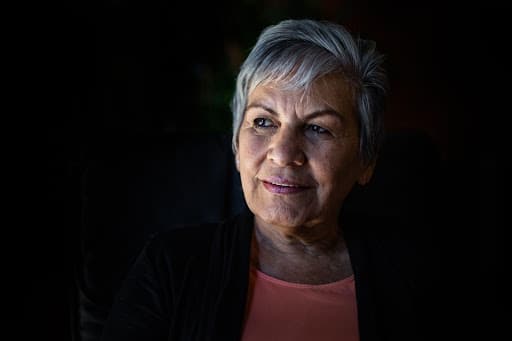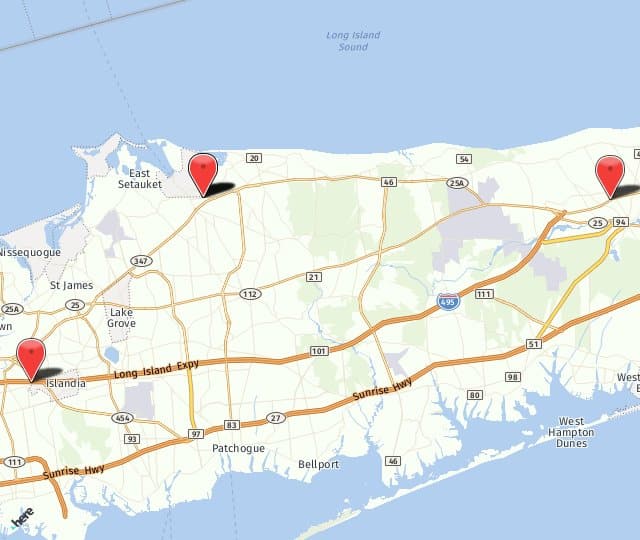The Role of Genetics in Vein Diseases
Vein diseases, such as varicose veins and chronic venous insufficiency, are common conditions that affect millions of people worldwide. While factors like age, lifestyle, and occupation can contribute to the development of vein diseases, genetics also play a significant role. Understanding how your genetic makeup influences your risk for vein diseases can help you take […]
The Role of Genetics in Vein Diseases Read More »


